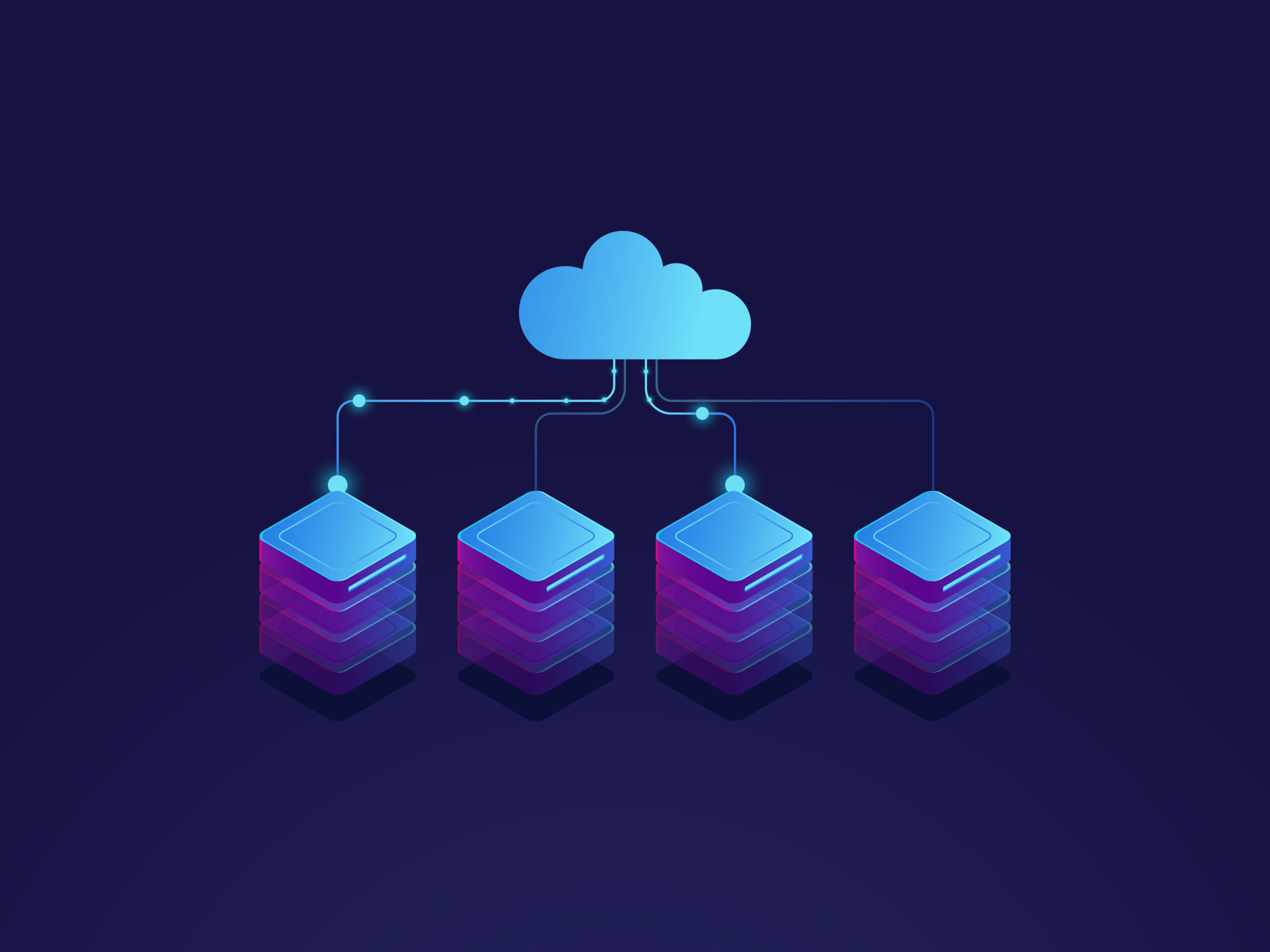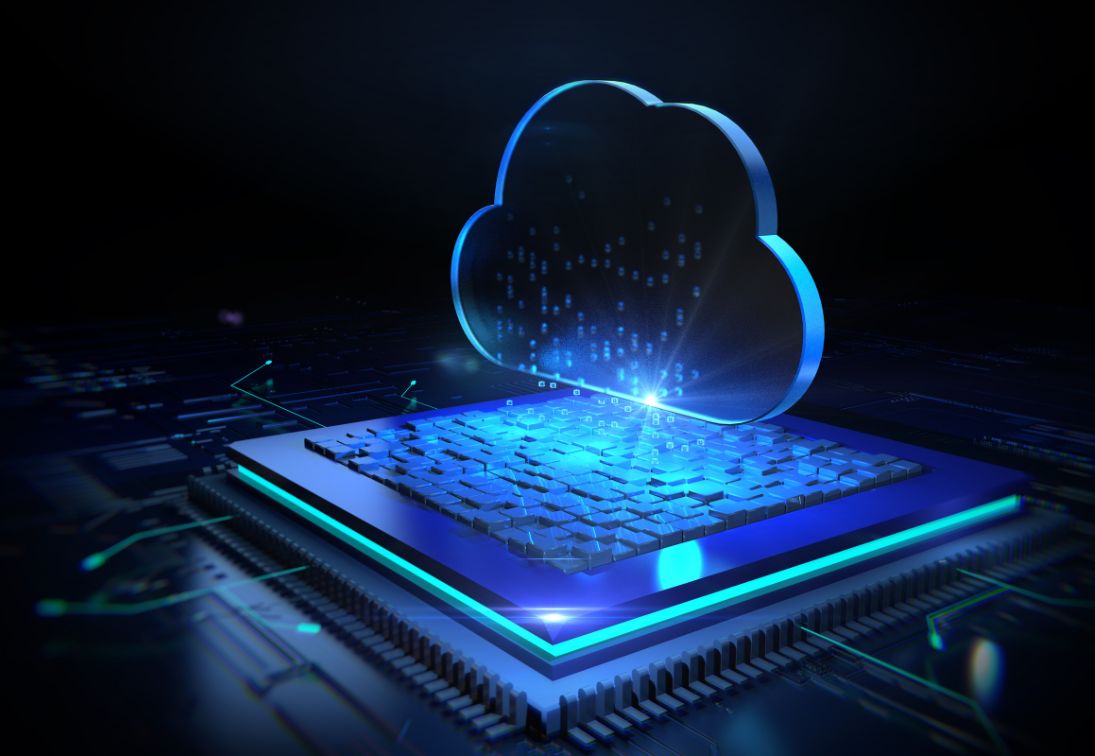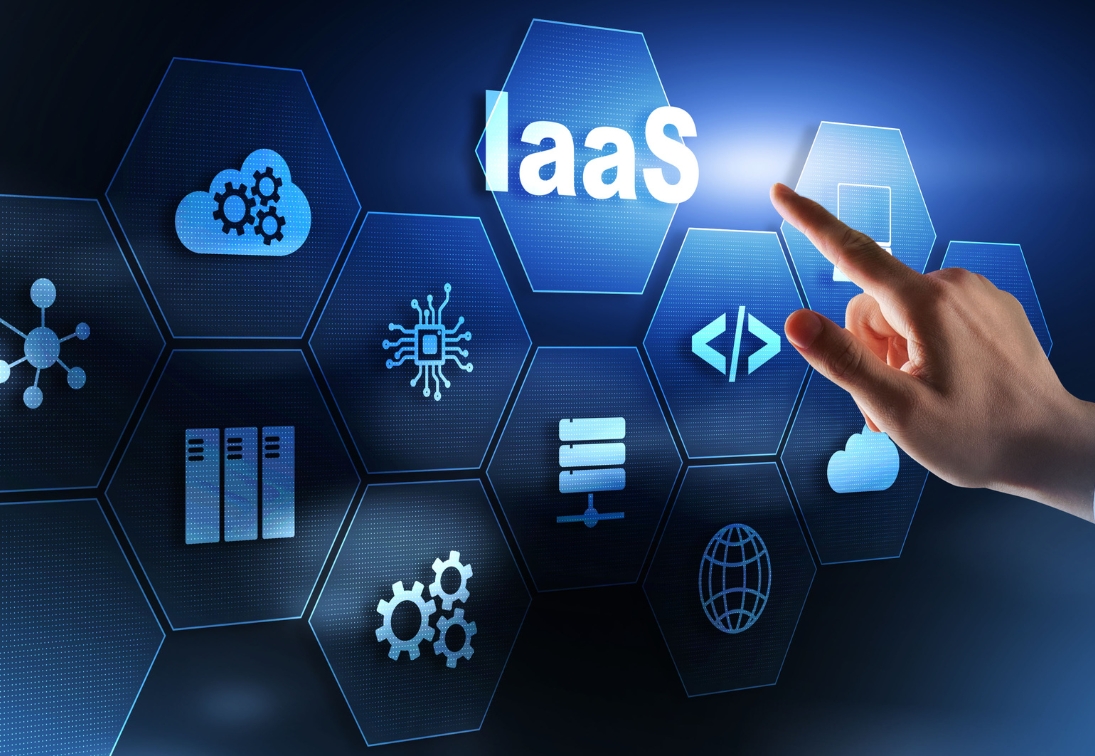המעבר לענן IaaS: מדריך מעשי למנהלי IT והנהלה בכירה
הקדמה: התשתית משתנה – האחריות נשארת
המעבר לסביבת ענן מסוג IaaS הפך לצעד מתבקש עבור ארגונים מודרניים. הוא מאפשר גמישות גבוהה יותר, חיסכון בהשקעה בחומרה, ושליטה משופרת במשאבי ה-IT.
אבל יש נקודה חשובה שרבים מדלגים עליה: IaaS זה לא קסם, וזה בטח לא SaaS. אתם שוכרים תשתית – אבל כל מה שנמצא מעליה – הוא באחריותכם המלאה.
ללא תכנון נכון, תעבירו את אותן הבעיות מהשרתים המקומיים – ישר לענן.
למנהלים ללא רקע טכני: חשבו על IaaS כמו על שכירת מבנה ריק. הספק מספק את הקירות, החשמל והמים – אך הריהוט, מערכות האבטחה והתחזוקה – באחריותכם. בשונה מפתרון SaaS, שבו אתם מקבלים שירות מלא ומוכן לשימוש, ב-IaaS אתם עדיין אחראים לכל מה שמעבר לתשתית.
שלב ראשון: אפיון הסביבה הקיימת
לפני המעבר, חובה להבין את המצב הנוכחי:
- אילו שרתים קיימים?
- אילו אפליקציות קריטיות לתפעול?
- כמה אחסון באמת בשימוש?
- מהו עומס העבודה היומי?
- מהם צרכי הזמינות ושעות הפעילות?
- האם קיימים גיבויים/פתרון DR – והאם הם עובדים בפועל?
למנהלים ללא רקע טכני: זהו שלב ה”אינוונטר”. כמו לפני מעבר משרד – עליכם לדעת בדיוק אילו מערכות קיימות, כמה הן שוקלות, מתי הן פועלות, ומה מצב הגיבויים. זהו הבסיס לתכנון נכון והבנת העלויות.
שלב שני: בדיקת המשאבים הנדרשים
לא כל מה שקיים היום חייב לעבור לענן.
- האם כל השרתים בשימוש יומיומי?
- אילו מערכות נדרשות תמיד לפעול, ואילו ניתן להשהות?
- האם אפשר להעביר שירותים מסוימים ל-SaaS?
- מהו SLA באמת נדרש – 99.9% או 99.99%?
המטרה: לא “להרים הכול כמו שהוא” – אלא לייעל. רק מה שצריך.
למנהלים ללא רקע טכני: זה הזמן לניקוי אביב דיגיטלי. בענן משלמים לפי שימוש, ולכן כדאי לנצל את ההזדמנות ולהפחית מערכות מיותרות. ככל שה-SLA גבוה יותר – כך העלות עולה.
שלב שלישי: תכנון ארכיטקטורה חכמה בענן
המעבר לענן IaaS הוא הזדמנות לתכנן סביבה טובה, מאובטחת ויציבה יותר:
- הפרדת שכבות: AD, App, DB
- שימוש ב־Load Balancers
- אחסון Object/Block לפי ביצועים
- Snapshotים, גיבויים ו-DR מחוץ לאזור הפעילות (AZ)
- תצורת רשת עם Subnets פנימיים, DMZ וחוקי NSG
למנהלים ללא רקע טכני: זהו שלב התכנון האדריכלי. לא מעתיקים את המשרד הישן – בונים חדש ומשופר. Load Balancers הם כמו מערכת ניתוב עומסים חכמה. שאר המונחים מתייחסים למערכות אחסון, גיבוי ואבטחה שמספקות מהירות, יציבות והגנה גבוהה יותר.
שלב רביעי: שרידות – היא מתחילה אצלכם, לא בענן
שרידות אמיתית לא תלויה רק בספק הענן.
אם אין לכם תשתית תקשורת שרידה – הענן לא יעזור.
מה צריך בצד הלקוח?
- שני ספקי אינטרנט שונים
- שני פיירוולים במבנה HA
- שני מתגים בפריסה מופרדת
- ניתוב חכם וניטור קבוע
המטרה: שגם אם קו אחד נופל – השירותים נשארים פעילים.
למנהלים ללא רקע טכני: דמיינו שהמשרד שלכם מושלם – אבל הדרך אליו חסומה. לכן נדרש מסלול תקשורת כפול, עם תשתיות שמבטיחות רציפות עסקית גם בתקלות.
שלב חמישי: אבטחת מידע – אחריות מלאה של הארגון
הגנה על נקודות קצה:
- EDR/XDR – זיהוי ותגובה בזמן אמת
- MDM – שליטה במכשירים ניידים
- Patch Management – עדכונים שוטפים
- Group Policy מוקשחת + חומת אש אישית
הגנה על הסביבה:
- פיירוול בענן עם UTM: IPS, אנטי-וירוס, סינון אתרים
- שמירת לוגים לפי תקנות – 24 חודשים לפחות
- SIEM – ניתוח אירועים וזיהוי חריגות
- IAM – ניהול זהויות והרשאות לפי מינימום נחוץ
- הצפנת מידע – בתנועה ובמנוחה
למנהלים ללא רקע טכני: מערכת האבטחה בענן היא כמו שמירה בבניין משרדים. מצלמות (EDR/XDR), שליטה על מכשירים (MDM), תחזוקת מנעולים (Patch Management), שומרים בכניסה (פיירוול), רישום מבקרים (לוגים), חדר בקרה (SIEM), הרשאות (IAM) וכספת למסמכים (הצפנה). גם בענן – האחריות נשארת אצלכם.
שלב שישי: גיבויים והתאוששות מאסון – חובה ולא רשות
אם אינכם יודעים להשיב על השאלה:
“כמה זמן ייקח לנו לשחזר את המערכת במקרה חירום?” – אתם לא מוכנים לענן.
מה חובה לכלול?
- גיבוי יומי לשרתי ייצור ומאגרי מידע
- אחסון הגיבוי באזורים מבודדים
- DR פעיל או פסיבי באזורים גאוגרפיים שונים
- בדיקות שחזור רבעוניות לפחות
למנהלים ללא רקע טכני: מדובר בביטוח עסקי. גיבוי הוא כמו צילום מסמכים חשובים. DR הוא תכנית חירום אם מתרחש אסון. גם בענן – תקלה מערכתית, התקפת סייבר או טעות אנוש יכולים לפגוע. שאלו את עצמכם: “כמה זמן וכסף יידרשו כדי לחזור לפעילות מלאה אם הכול יקרוס היום?”
שאלות חובה לפני לחיצה על “העבר לענן”:
- האם הסביבה שלנו מאובטחת ומוקשחת?
- האם יש לנו חיבור ענן שריד?
- האם יש לנו שליטה על גישה למידע?
- האם יש גיבוי + יכולת שחזור מוכחת?
- האם הסרנו שירותים לא קריטיים?
- האם יש לנו נראות מלאה על התקשורת?
למנהלים ללא רקע טכני: שאלות אלה הן רשימת בדיקה קריטית. תשובה “לא” לאחת מהן – מחייבת עצירה וחשיבה מחדש.
כדי לוודא שהמעבר לענן IaaS יתבצע בצורה חלקה, מאובטחת ויעילה, מומלץ לפנות למומחים בייעוץ תשתיות IT שיכולים לתכנן עבורכם את הסביבה האידיאלית. גלו עוד על שירותי הייעוץ שלנו בתשתיות IT והתחילו את הדרך להצלחה בענן כבר היום.
המעבר לענן IaaS :סיכום חד וברור
IaaS הוא מנוע צמיחה – אבל רק אם מתכננים נכון.
- לא מעתיקים 1:1
- לא מדלגים על שרידות
- לא מזניחים אבטחה או גיבויים
- ולא מניחים שהענן “כבר יטפל בזה”
למנהלים: המעבר לענן הוא הזדמנות עסקית לשיפור, חיסכון וגמישות. אבל הצלחה תלויה בביצוע נכון. אל תצפו שהענן יפתור את כל הבעיות לבד. השקיעו בתכנון, קישוריות, אבטחה וגיבויים – זה ההבדל בין כישלון להצלחה בענן.
אבטחת סייבר ו-IT – שני עולמות, פתרון אחד












